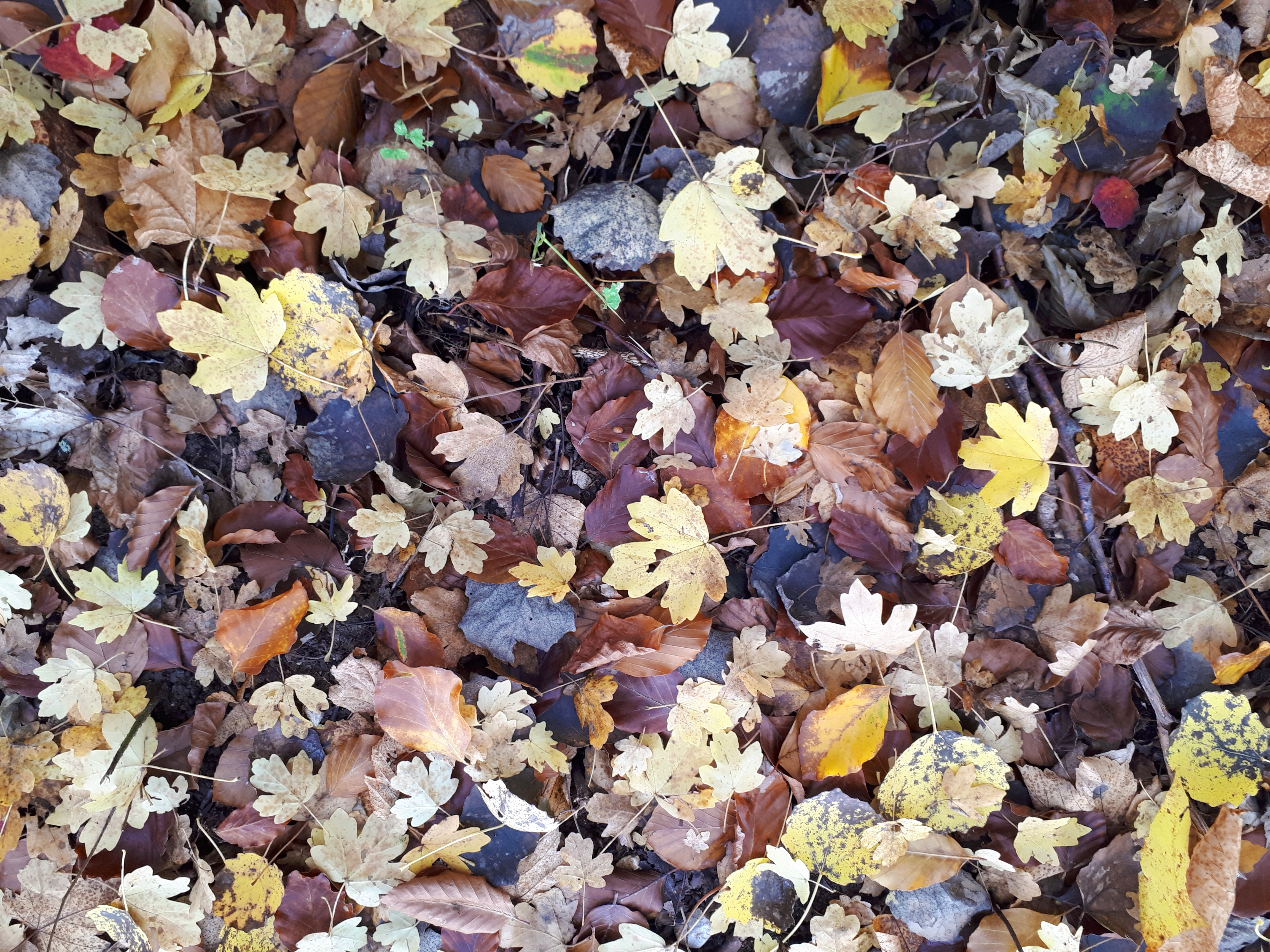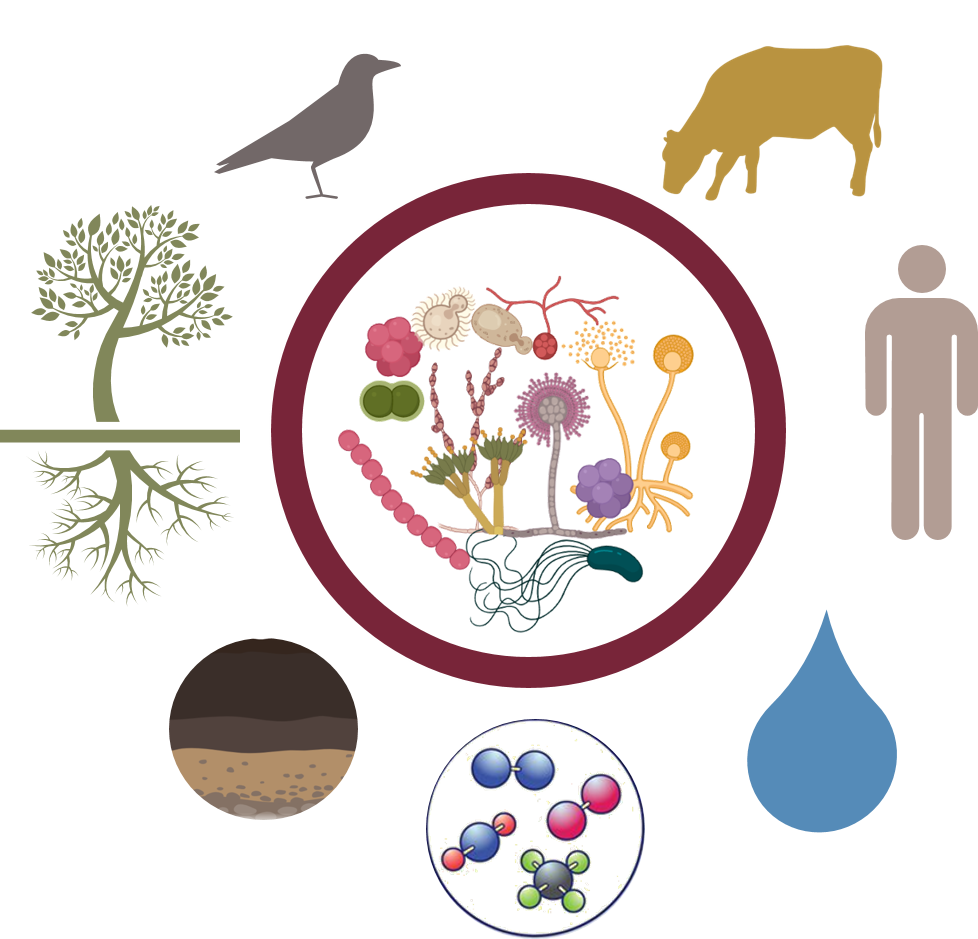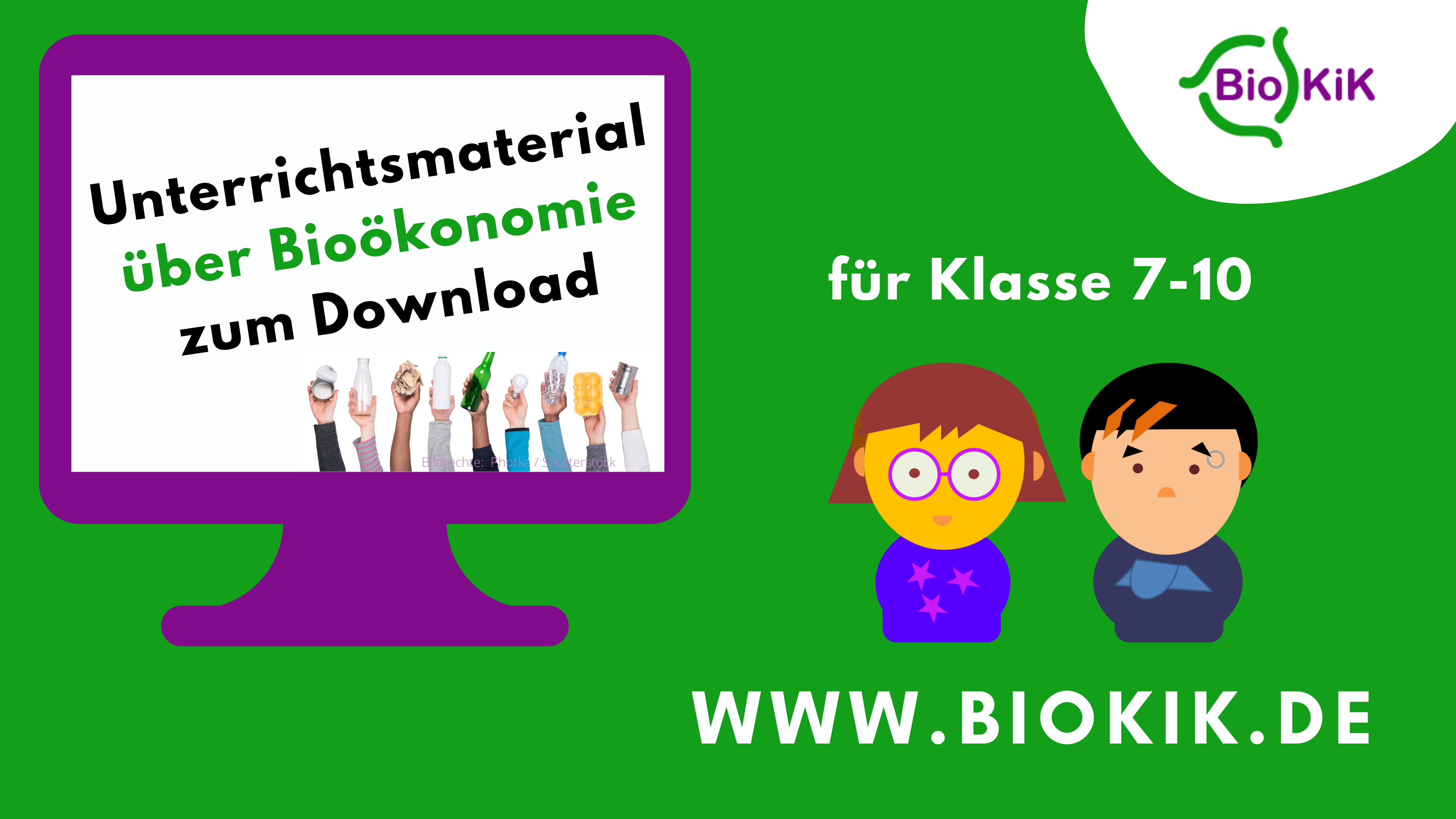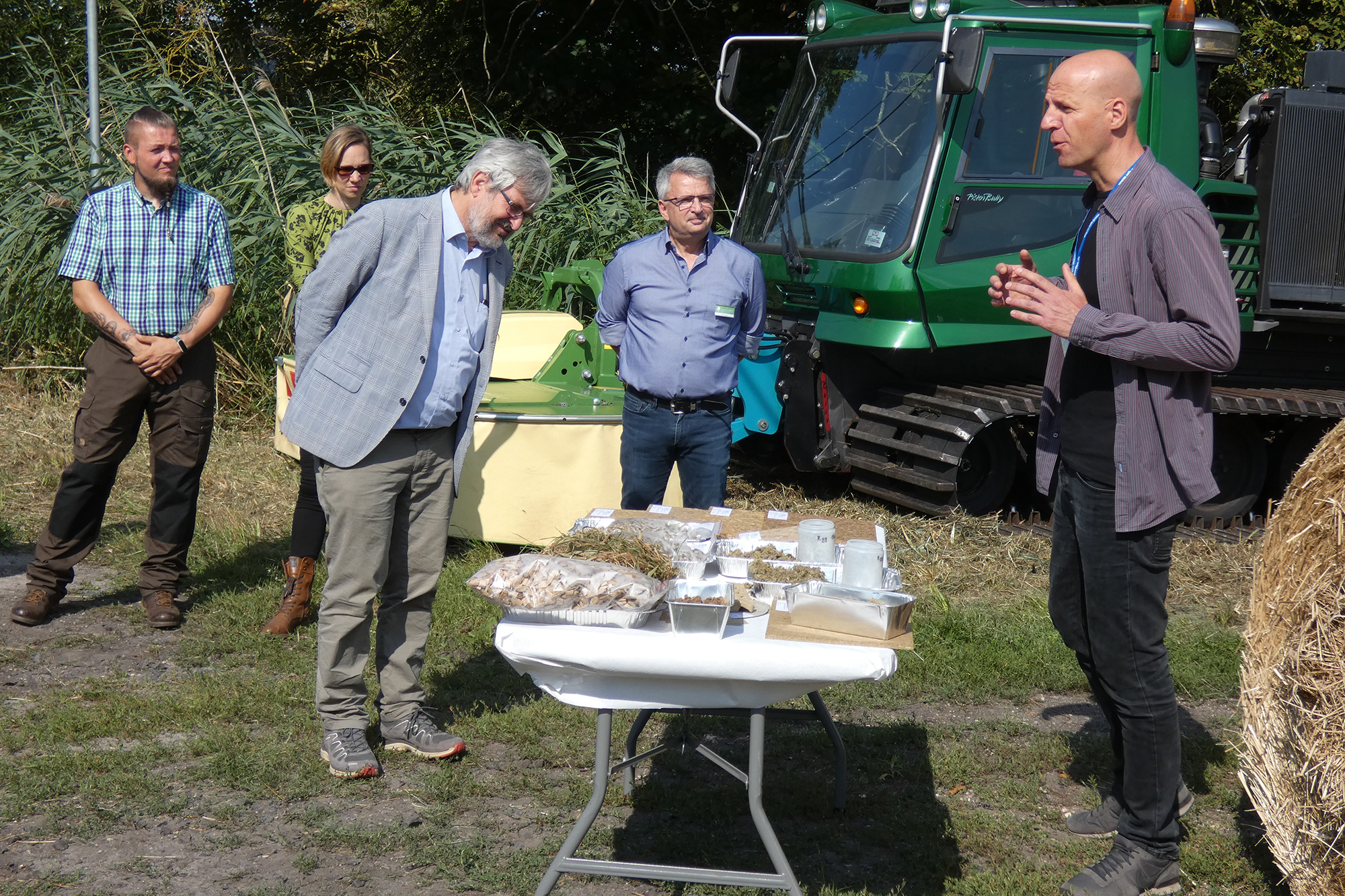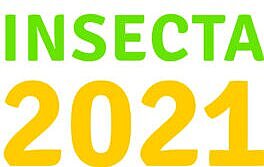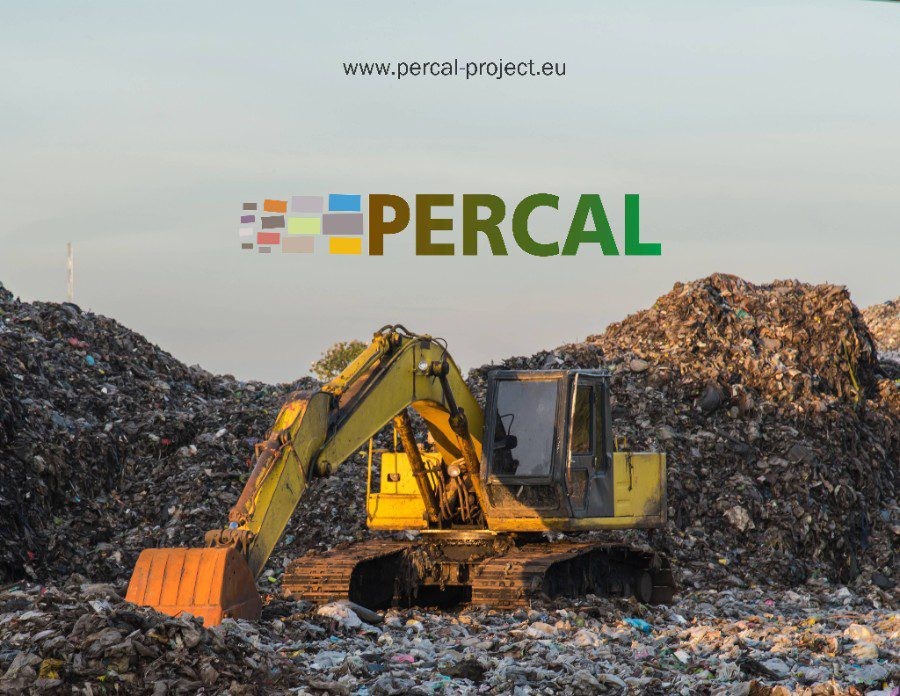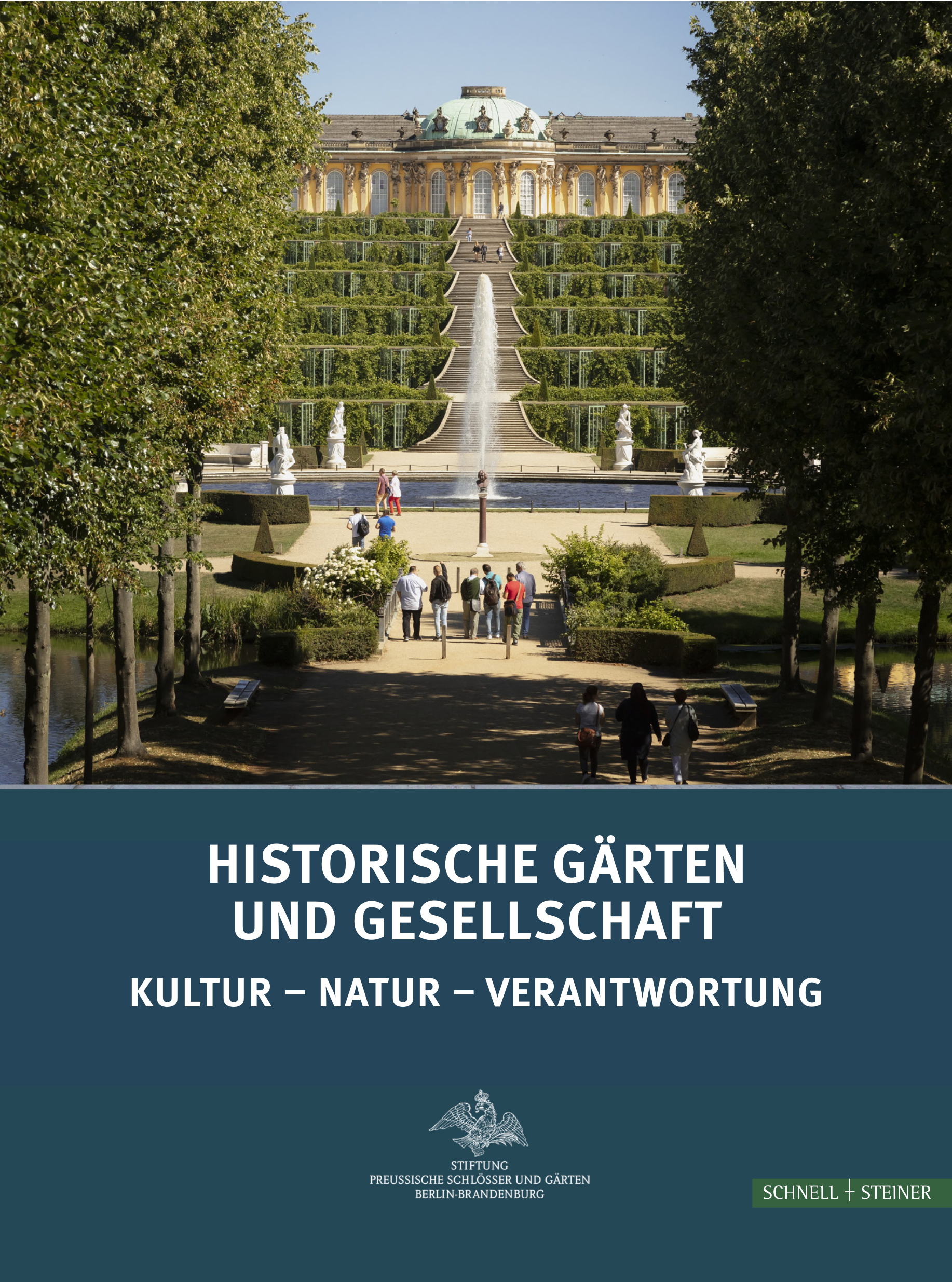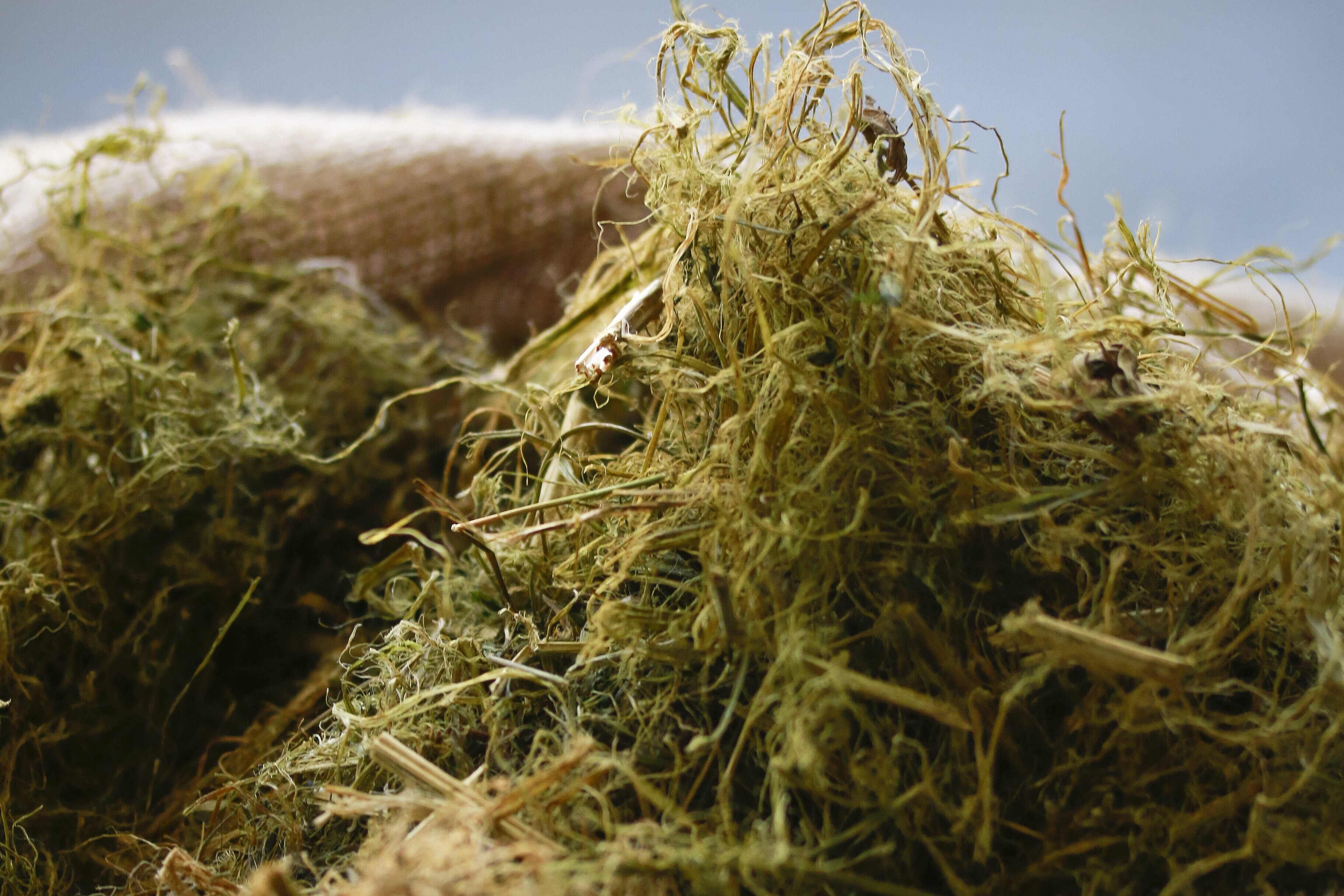Biobased materials and energy for the bioeconomy
The aim of this research programme is to develop both efficient technology and processes for the provision of biogenic materials and energy sources from agriculture for a sustainable, bio-based economy.
Fibre plants and short-rotation coppices (SRC) can be mechanically processed into innovative products and energy sources. Plants containing sugar and starch as well as their residues provide lactic acid, biochar and biogas by means of thermal and biotechnological material conversion processes. It is important to better understand and control the specific metabolic performance of the microorganisms involved.
Together with industrial partners we are developing biorefinery and cascade concepts, based on the comprehensive use, in order to add value of biogenic raw materials and residues.
Material use of biomass
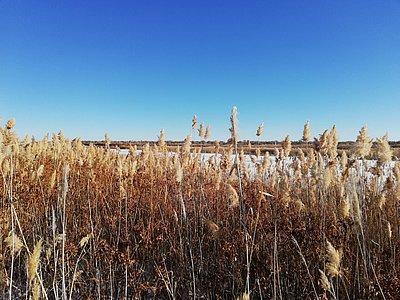
Natural resources from agriculture and forestry as well as residual and waste materials from other utilization paths have been used for the production of materials and consumer goods for a long time before the industrial revolution. Fossil raw materials then largely displaced these, but their scarcity, increase in price and the impairment of natural living conditions associated with their use require an intensive and targeted search for alternatives. If fossil carbon sources are no longer available in the future, the corresponding basic materials must be obtained from biomass.
In addition, the requirements of today's industrial processing and the expectations of consumers require a high degree of effectiveness, raw material and product quality as well as cost efficiency. This places high demands on the development of agricultural supply processes and the subsequent technologies and processes for the preparation and initial processing of plant biomass.
Within the framework of interdisciplinary projects, we work intensively on appropriate solutions. In our research we closely cooperate with small and medium-sized enterprises in particular with the aim of creating alternative employment and income in rural areas and creating added value in branches relatetd to agriculture.
The biotechnological material conversion as well as the carbonization of renewable raw materials and technologies for the processing of natural fibres are important fields of activity of the ATB.
Bioenergy
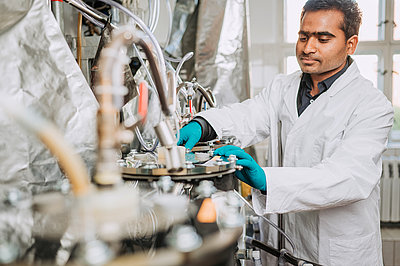
In addition to tapping previously unused residual and waste materials from agriculture, the food industry and private households, annual and perennial plants play a very important role as renewable raw materials in the production of bioenergy in Germany. Although alternative energy generation options such as photovoltaics, solar thermal and wind power have a higher efficiency per unit area, the use of biomass is superior due to its cascading utilization possibilities.
For this reason, we have been successfully developing concepts that affect the entire process chain for many years. This begins with the cultivation of annual and perennial energy crops and extends to their harvesting, storage and conversion into biogas, biochar and other solid fuels, as well as the comprehensive evaluation of these processes. The main areas of research within the scope of this process evaluation are emissions from short rotation plantations, the calculation of greenhouse gas abatement costs and the networking of value chains.
To the team of the research program 'Material and energetic use of biomass'
Forschungsprojekte
-
The partly irreplaceable trees in the historical gardens and parks in Brandenburg are suffering from the consequences of climate change. There are many reasons for this: long dry periods with record heat in summer, a dro…
-
The objective is the development of a powerful process for the campaign-like energetic utilization of liquid and fibrous residues. A two-step process is being investigated with regard to transferability to a self-suffici…
-
The overall objective of the joint project is the development of products and / or pre-products for high-quality material use from reed biomass. Here, the focus is on the further development of glued products (OSB boards…
-
The project aims to develop the complete value chain from plant residue to final product, from the implementation of the complete bioprocess for lactic acid fermentation on the basis of lignocellulose (application of a n…
-
There is currently a lack of loss minimizing economic storage systems in all cultivation and recovery strategies for SRC wood. Depending on the harvesting process and storage system, spoilage-related losses of up to 25% …
Alle Projekte aus dem Forschungsprogramm Stoffliche und energetische Nutzung von Biomasse
Publikationen aus dem Programm
- Di Fidio, N.; Ragaglini, G.; Dragoni, F.; Antonetti, C.; Raspolli Galletti, A. (2021): Integrated cascade biorefinery processes for the production of single cell oil by Lipomyces starkeyi from Arundo donax L. hydrolysates. Bioresource Technology. (April): p. 124635. Online: https://doi.org/10.1016/j.biortech.2020.124635 1.0
- Chen, X.; Wicaksono, W.; Berg, G.; Cernava, T. (2021): Bacterial communities in the plant phyllosphere harbour distinct responders to a broad-spectrum pesticide. Science of the Total Environment. : p. 141799-141799. Online: https://doi.org/10.1016/j.scitotenv.2020.141799 1.0
- Ryan, M.; Schloter, M.; Berg, G.; Kinkel, L.; Eversole, K.; Acklin, J.; Rybakova, D.; Sessitsch, A. (2021): Towards a unified data infrastructure to support European and global microbiome research: a call to action. Environmental Microbiology. (1): p. 372-375. Online: https://doi.org/10.1111/1462-2920.15323 1.0
- Mai-Moulin, T.; Hoefnagels, R.; Grundmann, P.; Junginger, M. (2021): Effective sustainability criteria for bioenergy: Towards the implementation of the european renewable directive II. Renewable & Sustainable Energy Reviews. (March 2021): p. 110645. Online: https://doi.org/10.1016/j.rser.2020.110645; https://www.sciencedirect.com/science/article/pii/S1364032120309291 1.0
- Santamaria-Fernandez, M.; Schneider, R.; Lübeck, M.; Venus, J. (2020): Combining the production of L-lactic acid with the production of feed protein concentrates from alfalfa. Journal of Biotechnology. (10 Nov): p. 180-188. Online: https://doi.org/10.1016/j.jbiotec.2020.08.010 1.0
- Hayati, B.; Maleki, A.; Najafi, F.; Rezaee, R.; Harikaranahalli Puttaiah, S.; Marzban, N.; McKay, G. (2020): PPI/CNT nanocomposite for novel high capacity removal of the toxic heavy metals, Hg, Pb and Ni from water. Desalination and Water Treatment. (September): p. 190-199. Online: https://www.deswater.com/DWT_abstracts/vol_198/198_2020_190.pdf 1.0
- Pecenka, R.; Lenz, H.; Jekayinfa, S.; Hoffmann, T. (2020): Influence of Tree Species, Harvesting Method and Storage on Energy Demand and Wood Chip Quality When Chipping Poplar, Willow and Black Locust. Agriculture. (4): p. 116. Online: https://doi.org/10.3390/agriculture10040116 1.0
- Zohrabi, S.; Seiiedlou, S.; Aghbashlo, M.; Scaar, H.; Mellmann, J. (2020): Enhancing the exergetic performance of a pilot-scale convective dryer by exhaust air recirculation. Drying Technology. (4): p. 518-533. Online: https://doi.org/10.1080/07373937.2019.1587617 1.0
- Zöhrer, J.; Probst, M.; Dumfort, S.; Lenz, H.; Pecenka, R.; Insam, H.; Ascher-Jenull, J. (2020): Molecular monitoring of the poplar wood chip microbiome as a function of storage strategy. International Biodeterioration & Biodegradation. (January 2021): p. 105133. Online: https://doi.org/10.1016/j.ibiod.2020.105133 1.0
- Schroedter, L.; Streffer, F.; Streffer, K.; Unger, P.; Venus, J. (2020): Kaskadennutzung von Lignocellulose: LX-Verfahren trifft auf B. coagulans. BIOspektrum. : p. 803-805. Online: https://doi.org/10.1007/s12268-020-1499-7 1.0
Alle Publikationen aus dem Forschungsprogramm Stoffliche und energetische Nutzung von Biomasse



